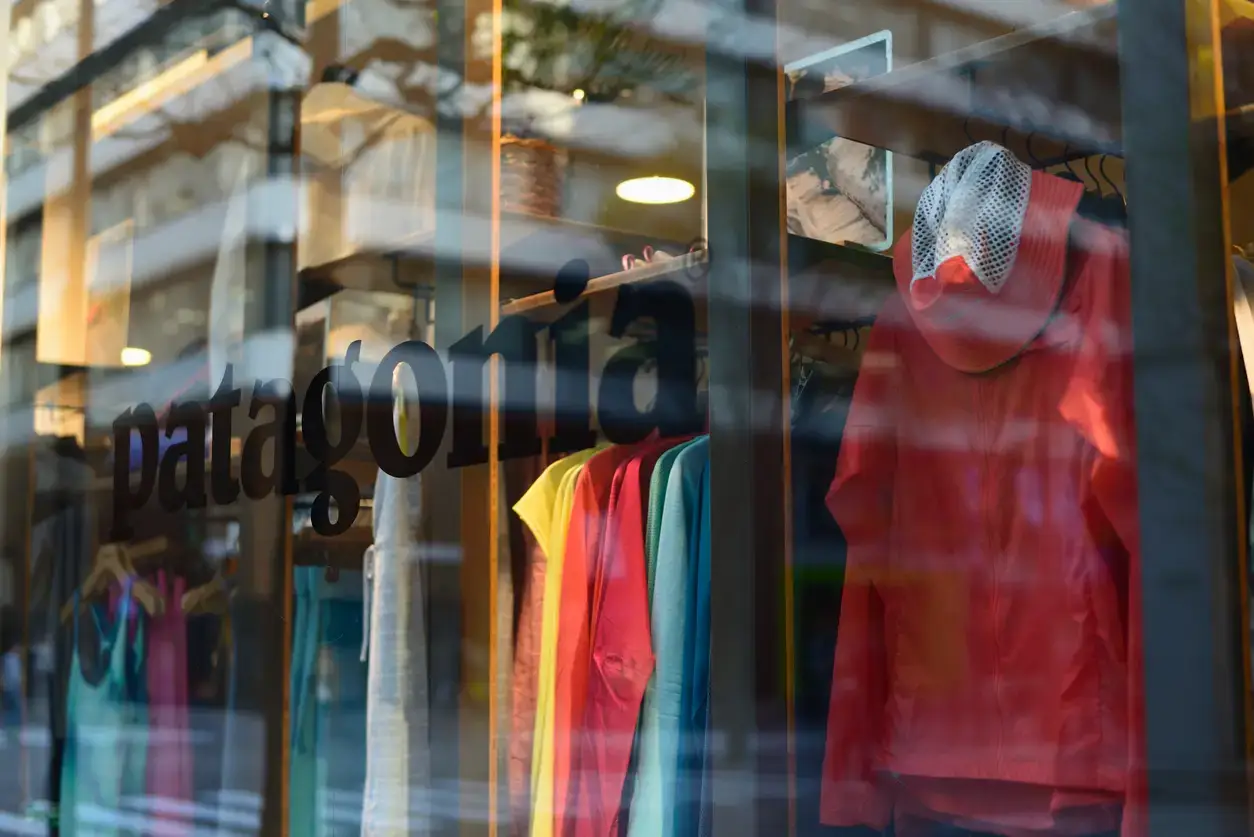In recent years, eco-friendly and sustainable fashion shopping has become more mainstream. As more and more consumers become educated on the climate crisis and social cost of fast fashion, sustainable fashion consumption grew. Consumers now do not merely seek fashionable forms—consumers today seek something that speaks in their value system, something produced by ethical labor, low-footprint material, and environmentally friendly production.
With Earth Day right around the corner, there is no longer any time to be coy in announcing fast fashion’s growing contribution to climate change. Historically, the fashion industry has been a considerable polluter, but such days are being left behind at lightning speed due to trend-setting companies. These ten companies are not just spouting their talk about sustainability—they are re-writing the playbook on how you produce and wear clothing. From sustainable business goals to revolutionary materials, they’re flipping the rulebook on dressing your values.
Patagonia: From Sewing Seeds to Changing the World
Patagonia remains the standard for eco-friendly fashion. Patagonia’s commitment to the environment is sewn into every stitch of its business. In 2025, Patagonia joined the Zero Emission Maritime Buyers Alliance, demonstrating that it will do whatever it takes to cut shipping emissions—the world’s largest polluter.
Patagonia also battled logging, as a partner to the Pack4Good campaign, to design packaging that not only won’t damage existing or sensitive forest, but that also continues to be the world’s best stewards and set the example by still wearing clothes that are repairable, recyclable, and long-lasting.
Puma: Climate Leadership Through Vision 2030
Puma Vision 2030 sets the standard for what mega-sport brands do and will do on sustainability. Putting climate action first, ensuring a circular economy thrives, and tackling forced labor, Puma has turned ambitions into success.
Between 2017 and 2021, Puma decreased its carbon footprint by a whopping 88%. Now, in 2025, they have done better than that, creating new product and production materials. Its future direction is clear as day: Puma is not just designing for performance—Puma is designing for the planet, too.
Adidas: From Plastic Waste to Performance Apparel
Adidas too has taken enormous strides in recent times by converting waste plastic into sports wear. It utilized recycled ones rather than virgin polyester in a record-high number of collections and proved that there’s indeed a genuine push to pursue sustainable fashion brands.
Adidas has stepped up and committed to net-zero by 2050. Their path toward embracing closed-loop systems and environmentally friendly shoe production is a testament to their commitment to a sustainable future, one shoe at a time.
Nike: A Bold “Move to Zero”
Nike’s Move to Zero is more than a slogan—it’s a road map to zero carbon and zero waste. Their latest reports indicate a 63% reduction in carbon emissions from operations, not only charting change but making it happen.
Nike keeps pushing investment in cleaner manufacturing systems and cleaner materials, and in 2025 their innovation into sustainability design ethos is as strong as ever perhaps. They’re setting the pace for circularity without losing fashion and sustainability and performance.
Stella McCartney: Sustainability and Fashion
Few have been more devoted an icon of sustainability than Stella McCartney. Her 2024 range was inspired by the use of 95% sustainable materials, the new additions being seaweed yarns.
Stella has gone on to lead her global crusade against the use of feathers by the fashion industry, urging the industry to rethink its relationship with nature and animals. With ethics and creativity, she’s transforming luxury in the climate-conscious era.
Eileen Fisher: Earth Day Every Day
Through 2025 and beyond, the renewable fashion concept is on Eileen Fisher’s radar. Last Earth Day, the brand steered its homepage traffic to the Renew platform—its recycling and resale effort keeping garments in circulation, not in a landfill.
In addition to resale, Eileen Fisher was the first to create a system of recycled textiles across the country. Through the activism of her employees, it is illustrated that true sustainability is less about halting at the product but more about how one structures the entire system.
Allbirds: Sprinting to Net Zero
With their über-soft wool- and sugarcane-bred shoes, Allbirds is now on the climate case. In 2025, they debuted the M0.0nshot sneaker—the first net-zero emissions sneaker in the world.
Allbirds has also reduced its per-product carbon impact by 22% in just one year alone. These are the awards that speak of a company that doesn’t just walk the walk—it runs it, always with comfort and style to hand.
Veja: Conscience Sole Shoes
Veja, a French footwear brand, has been leading ethics and transparency for decades. In 2025, the brand added its Paris shoe repair company service that enables customers to have their shoes refurbed and waste-free.
Veja partners with Brazilian cooperatives to create sneakers made from recycled plastic and organic cotton. Their efforts demonstrate how grassroots collaborations and localized production can influence a global brand.
Levi’s: Leading Denim’s Green Revolution
Levi’s is taking denim sustainability seriously. With its science-based targets for emissions and a detailed climate transition roadmap, the company is taking accountability in an industry notorious for water and chemical overuse.
In addition to pioneering water-saving finishing techniques, Levi’s is investing in supply chain transparency and better working conditions. Their legacy brand status proves that even the most iconic names can evolve toward a cleaner, more ethical future.
Lululemon: Redefining Fitness Fashion with Science
In 2025, Lululemon disrupted the industry by introducing the world’s first enzymatically recycled nylon 6,6 product—a textile science innovation. This innovation is a testament to its commitment to boundary-pushing fabric technology.
They also power their company-owned stores on a 100% renewable energy basis. As a carbon reduction leader, material innovator, and people care champion, Lululemon is making thoughtful movement thoughtful manufacturing.
How Can Fashion Brands Embody Sustainability?

These sustainable fashion companies are heading toward 2025, but the future of sustainable fashion would call for innovative processes and non-stop collaborations. For this purpose, brands have to make recycled or organic inputs a priority—organic cotton to innovative new inputs like mushroom leather and algae foam. Using renewable inputs eliminates high reliance on petroleum-based inputs and reduces pollution.
Second, fashion needs to move towards fix and durability. It is clean design, rugged stitching, and simple repair. The more that we use, the less we buy. Packaging waste is something to account for, and it also has significance. Companies need to put compostable mailers and resist using too much plastic.
Circularity is important too. Take-back programs, resale stores, and recycling partnerships make clothes reusable and remade, not headed for the landfill. And making the carbon impact of every single product—all the way back to material extraction and shipping—count makes a difference.
Transparency is essential, too. Brands must report back and own up in quantifiable fashion sustainability reports. GOTS, Fair Trade, and B Corp certification earns trust with earth-smart consumers.
And lastly, battling the world’s biggest issues through green collaborations—such as seeding and harvesting plastic from the ocean—is transforming business into a force for good. Earth Day 2025 reminds us: when purpose drives fashion, fashion can be solution, not cause of destruction.











